What is greenwashing?
“Environmentally friendly”, “sustainable”, “ethical” and “climate neutral” are words that are stuck to everything from toothbrushes to cars. We obviously want to make sustainable choices when we shop, but claims about sustainability don’t always live up to their promises.

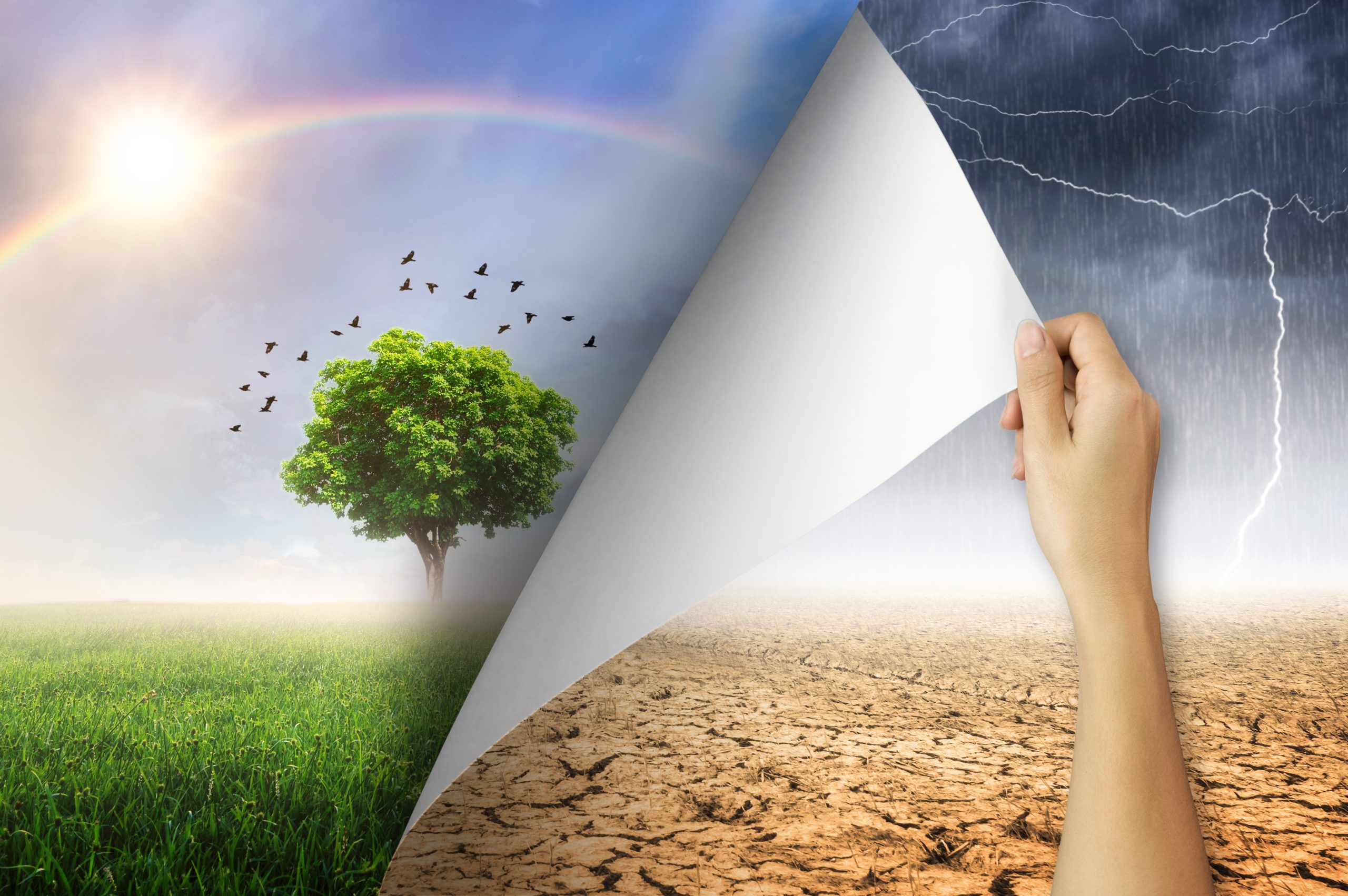
Shopping with a clean conscience
You find a pair of trousers that you really want. They are perfect. You think that they will make you happy. At the same time, you know that you already have eight other pairs of trousers in your wardrobe, and that this purchase will damage the environment, the climate and play a part in world poverty. However, look – the trousers are labelled “organic and ethically produced cotton” – this means there is no reason to worry, right?

Jente som sitter i sofaen og holder en jeans hun har pakket opp og kjøpt på nettet
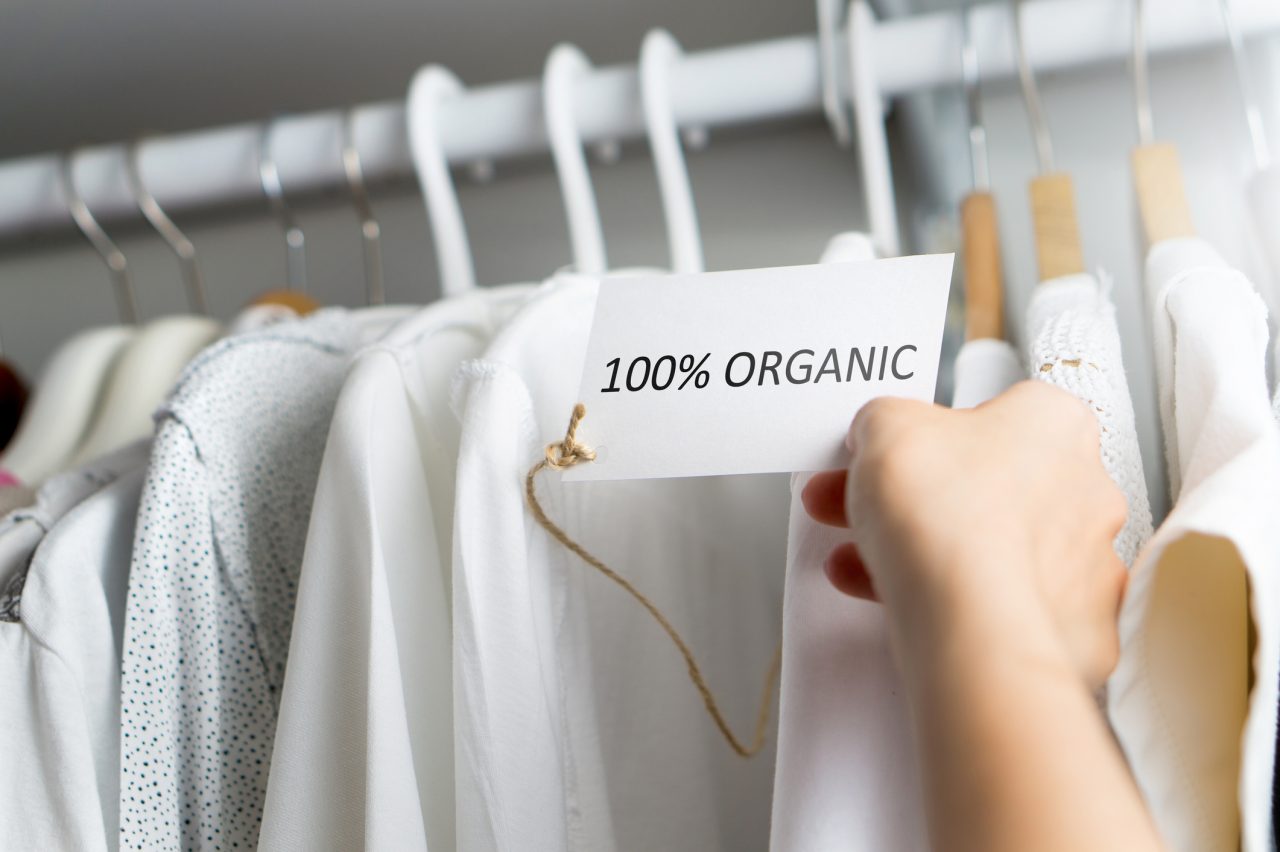
Flere klær som henger på en stang og en lapp som leser 100% organisk

Tre barn som bærer handleposer hjem
Clothes
According to a UN report, the clothing industry is only surpassed by the oil industry in terms of annual emissions, measured as a percentage. Additionally, there are other environmental problems such as the release of microfibers and toxins. So-called “fast fashion” is a climate disaster, but the industry has apparently taken action. Many clothes are now labelled “conscious”, “let’s clean up”, “sustainable” and “recycled”. This is, unfortunately, often only to trick consumers into buying more clothes and feel less guilty.
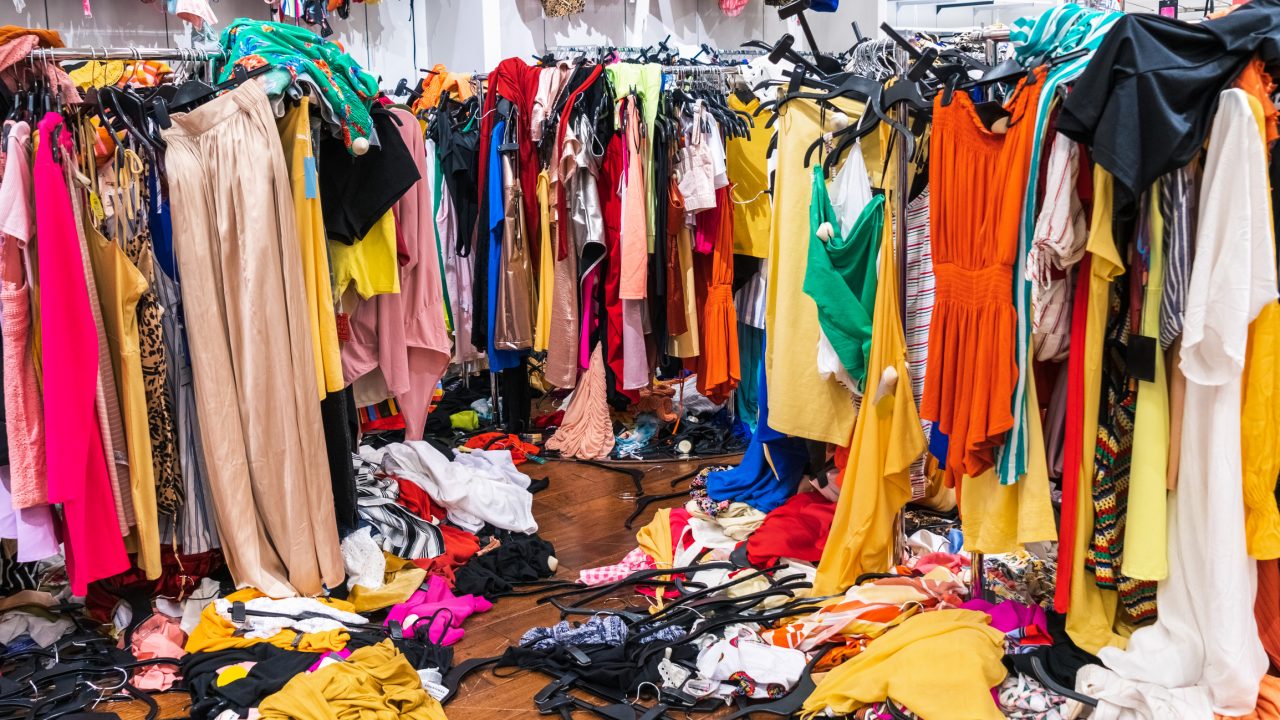
Masse fargerike klær på stativ og liggende på gulvet
Fast food
Fast food chains are a major source of littering in nature. A sad trail of litter is left in ditches and pavements almost everywhere. Plastic in the ocean is a well-documented problem. Some burger chains quickly perceived consumers’ commitment a while ago and decided to stop using plastic straws. That is, before plastic packaging was banned. An admirable initiative and a step forward. Admittedly, a small step considering the enormous amounts of disposable packaging that the industry produces and consumes, and ultimately burdens the planet with.
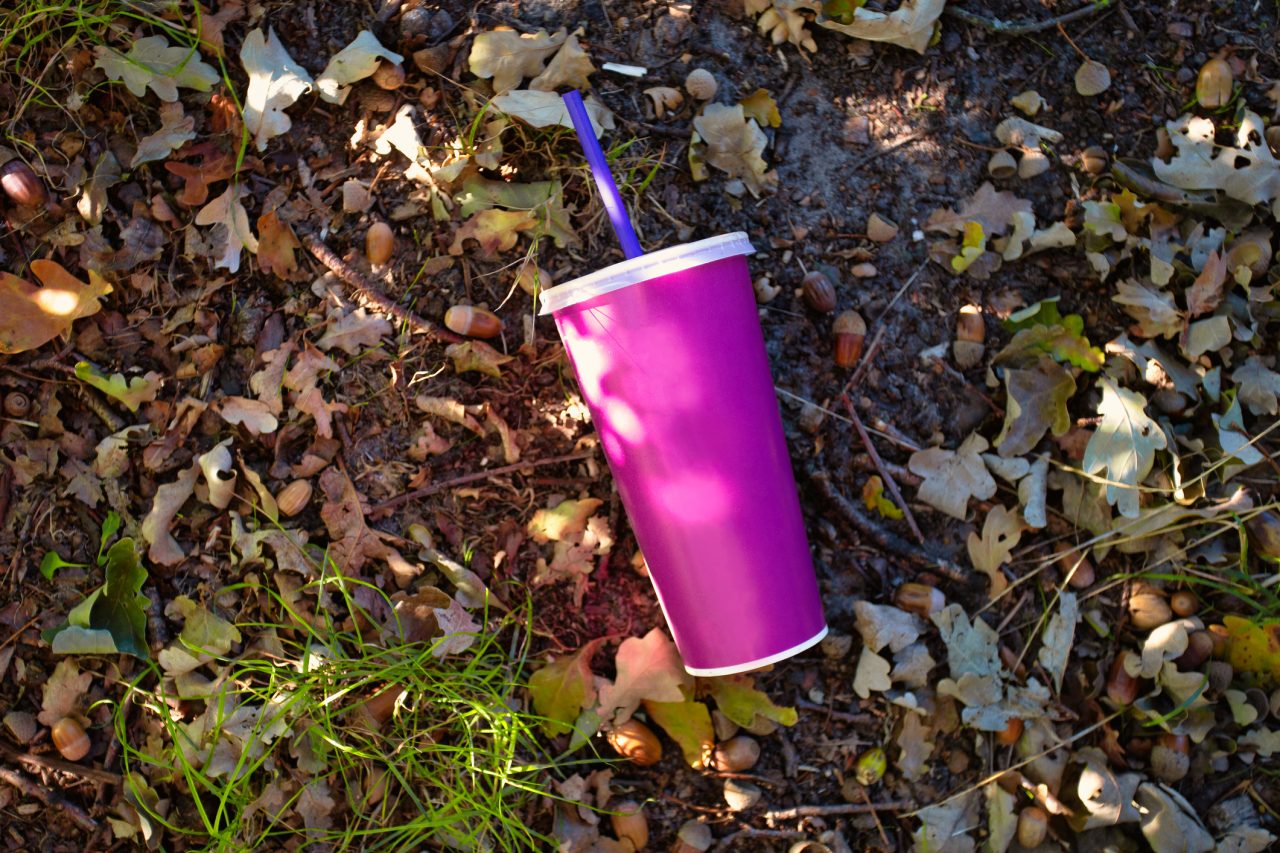
Engangskrus med lokk og sugerør som ligger på bakken
Meat
Some time ago it was discovered that pork producers in Norway were selling pork from pigs that were badly treated. Images of the pigs suffering caused strong reactions. Afterwards large campaigns were launched, in which the producers assured consumers that the animals had “lived a happy life” without mentioning any specific measures to clean up the scandal. This is a form of greenwashing as the manufacturer misled consumers and appealed to our desire for the animals to have had a dignified and happy life.
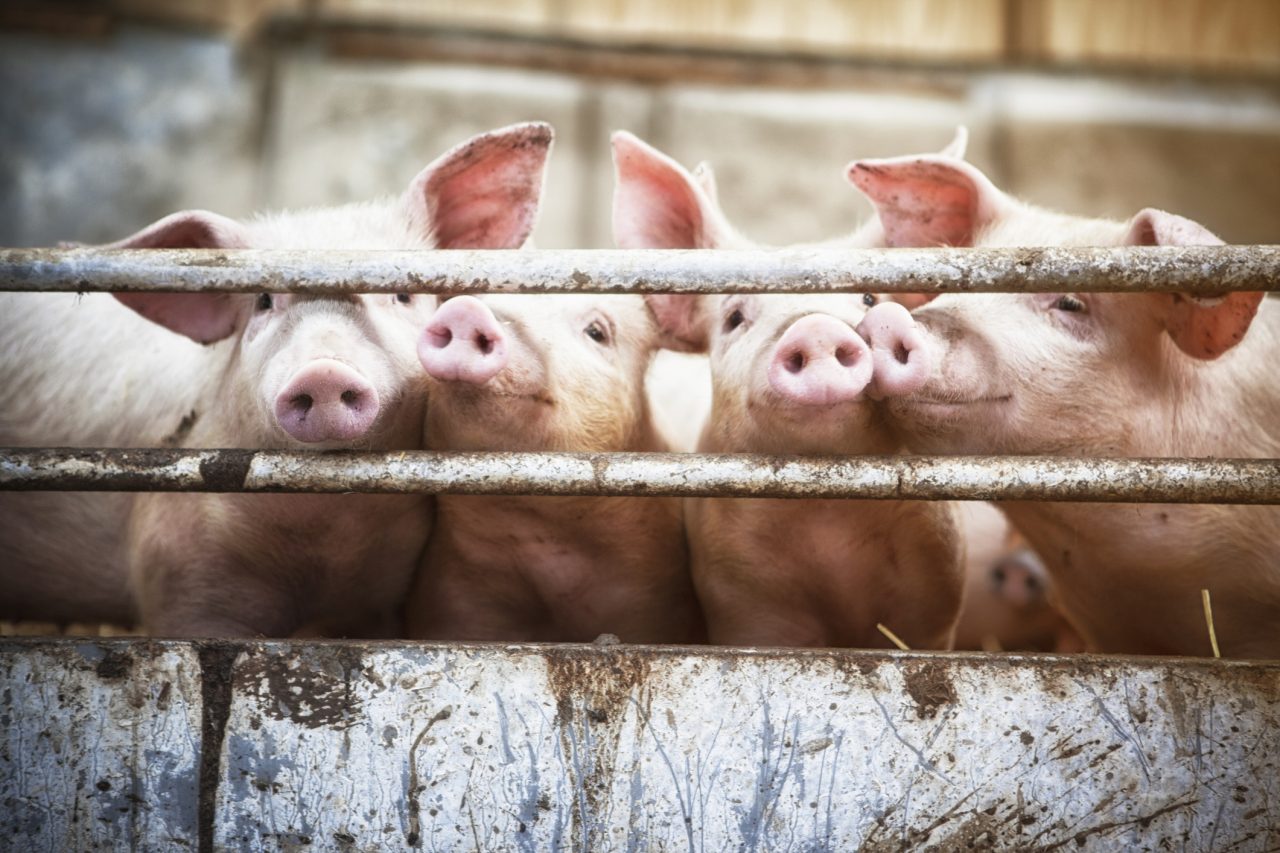
Fire griser som kikker ut bak et gjerde
Flying
Air transport accounts for the largest emission of greenhouse gases. Cheap travel by plane is a big reason behind this. So when the airlines selling cheap flights advertise that they are climate-friendly and “green”, it becomes difficult to take them seriously. They are taking advantage of our climate conscience, and it is a classic form of greenwashing.

Passasjerfly som tar av i solnedgang
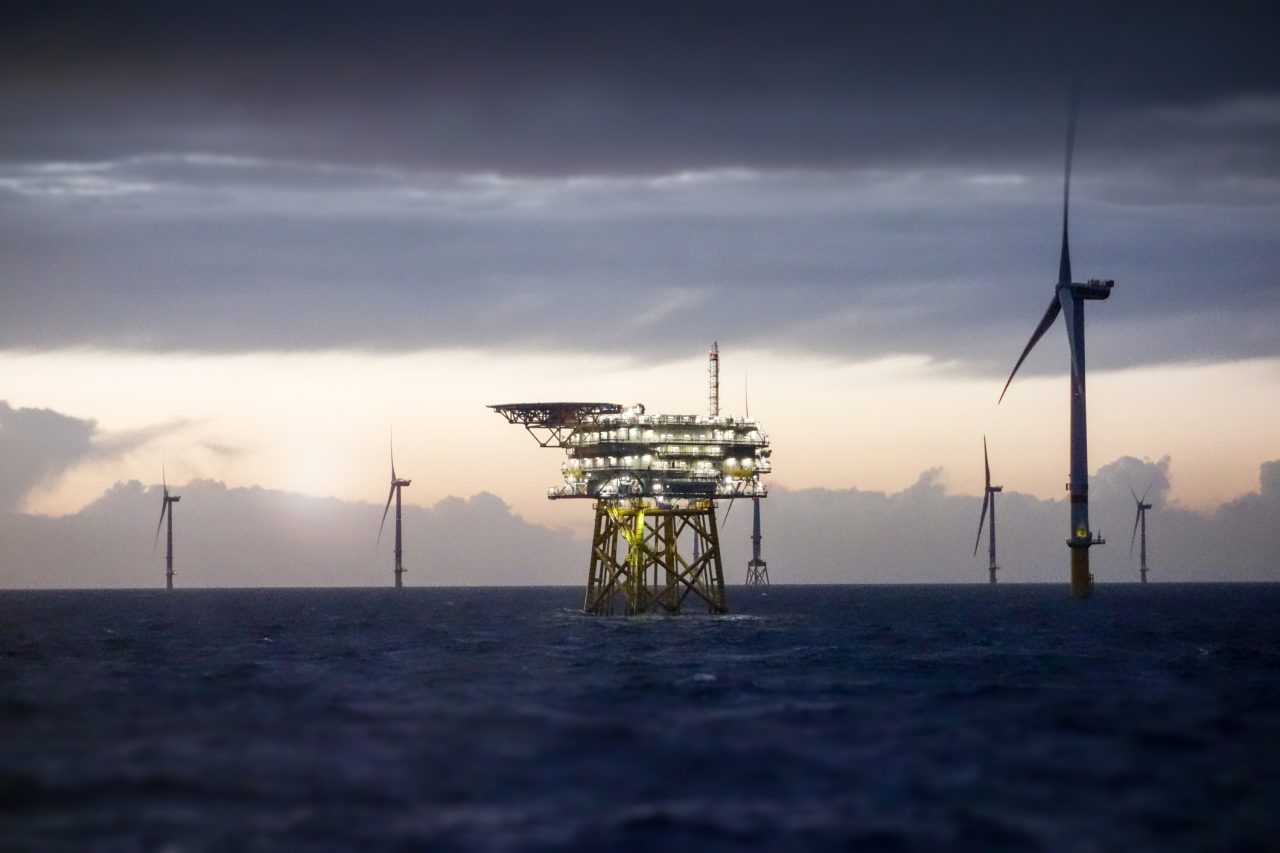
Oljeplatform med vindmøller rundt
Many do a lot of good
The industries that we have mentioned above also contribute positively to the green shift. The clothing industry, for example, has started to focus more on reusable and climate friendly textiles in a short period of time. Fast food chains have replaced plastic straws with cardboard straws – a huge step forward considering how many of these end up in the environment. Many of these changes have happened due to new laws and regulations. Climate and sustainability are about to take control of how we should behave as consumers.

Mange papirsugerør i et glass
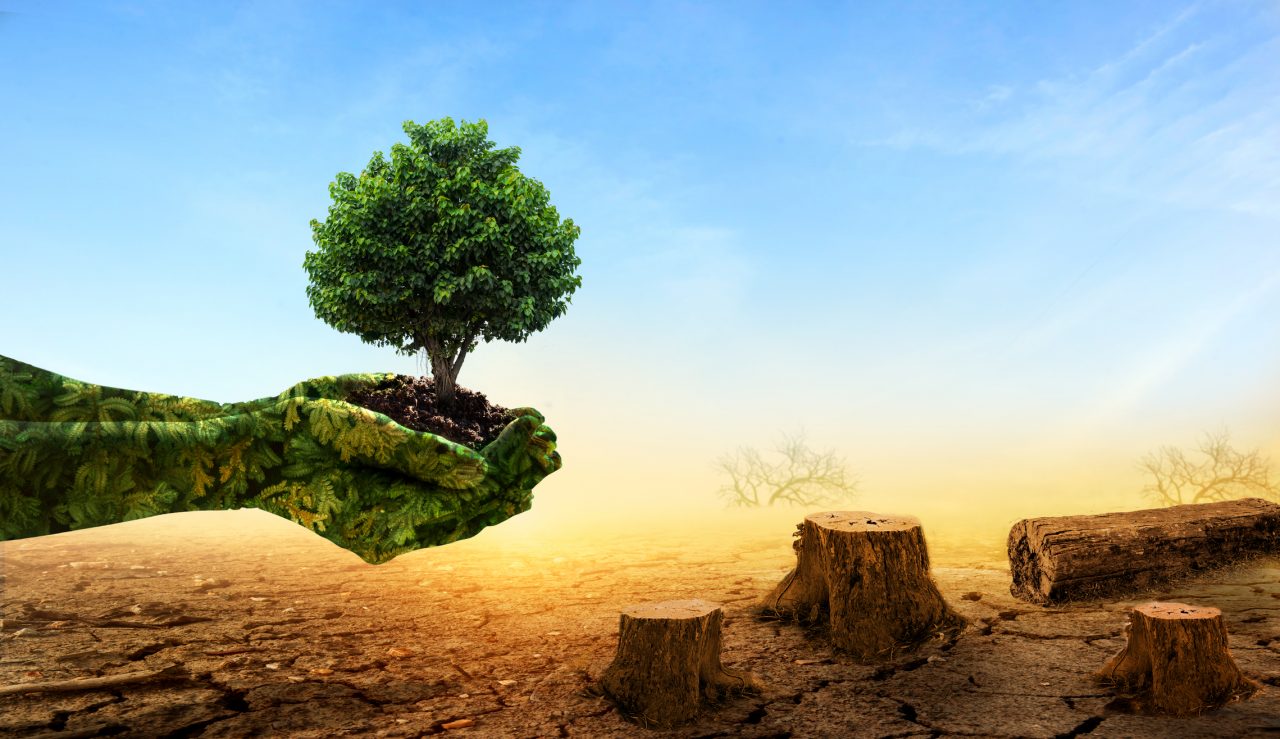
Grønn hånd som holder et tre ved tørr jord og trestubber
Media rigths:
-
-
Getty Images
-
Getty Images
-
FN-sambandet Norge – YouTube
-
Getty Images
-
Getty Images
-
Getty Images
-
Getty Images
-
Getty Images
-
Getty Images
-
Getty Images
-
Getty Images
-
The Global Goals – YouTube
-

